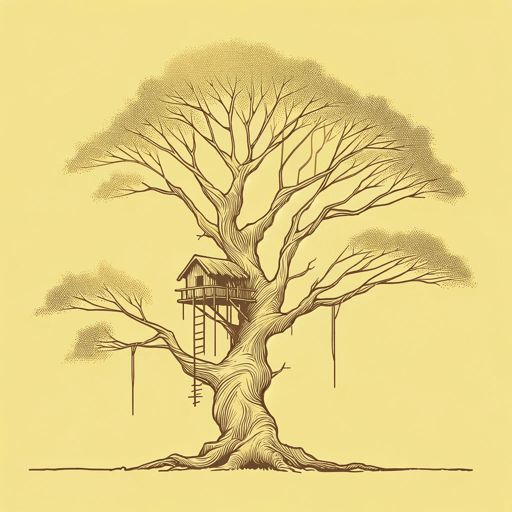34 pages • 1 hour read
Clarice LispectorThe Smallest Woman in the World
Fiction | Short Story | Adult | Published in 1960A modern alternative to SparkNotes and CliffsNotes, SuperSummary offers high-quality Study Guides with detailed chapter summaries and analysis of major themes, characters, and more.
Character Analysis
Little Flower
Little Flower is the dynamic protagonist of the story. Her name is given to her by Marcel Pretre, a French explorer and the story’s antagonist. The name Little Flower evokes notions of fragility, innocence, and beauty. It also hints at the potential for growth and blossoming, as well as carrying the seed of reproduction—we learn at the beginning of the story that she is pregnant. The name also reflects a view of femininity as associated with the small and vulnerable. By the end of the story, the strength of her character becomes prevalent over the initial defenselessness in which she is enveloped by the French explorer.
Little Flower’s most striking characteristic is her extraordinary smallness. Being merely 18 inches tall, she defies the expectations of conventional human proportions. The author, mimicking the French explorer’s voice, vividly describes Little Flower as a product of “the need Nature sometimes has to outdo herself” (165). Her miniature stature evokes a mix of fascination, objectification, and the desire to possess and devour from those who encounter her. Although physically small, Little Flower possesses a great sense of resilience and survival instinct. She has endured the harsh realities of the jungle, avoiding being eaten by the members of the Bantu tribe or by predatory wild beasts.


